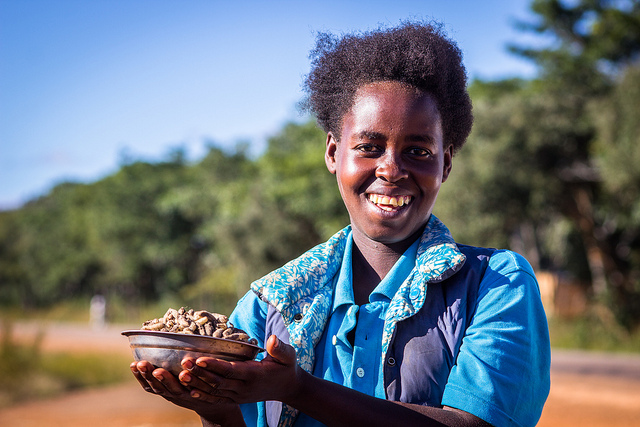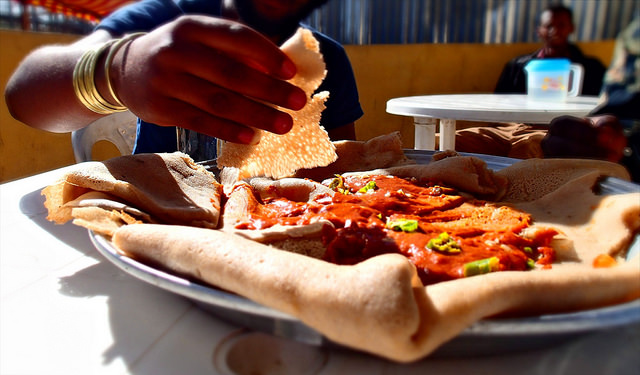This was the concluding remark by Dr Jessica Fanzo in her inspiring presentation at the Third Global Food Security Conference in Cape Town, this last December 2017.
I attended the conference on behalf of SIANI and SLU Global. The conference was big and very well organised. I found numerous themes in this conference that relate directly with our work at SIANI and SLU.
On the first day, I attended part of the symposium on “Changing food systems and nutrition. Do we have the concepts and data to understand, track and anticipate the links?”
I could see the inspiring presentation by Dr Jessica Fanzo from Johns Hopkins University, USA. I really enjoyed her presentation. She is an engaged speaker who presented lots of data regarding the change of diets and nutrition not only in Africa, but globally. I was very surprised when she said in her introduction that Africa has one of the best diets in the world, especially because it is lagging behind high processed foods. That is very good, and I didn’t know that!


